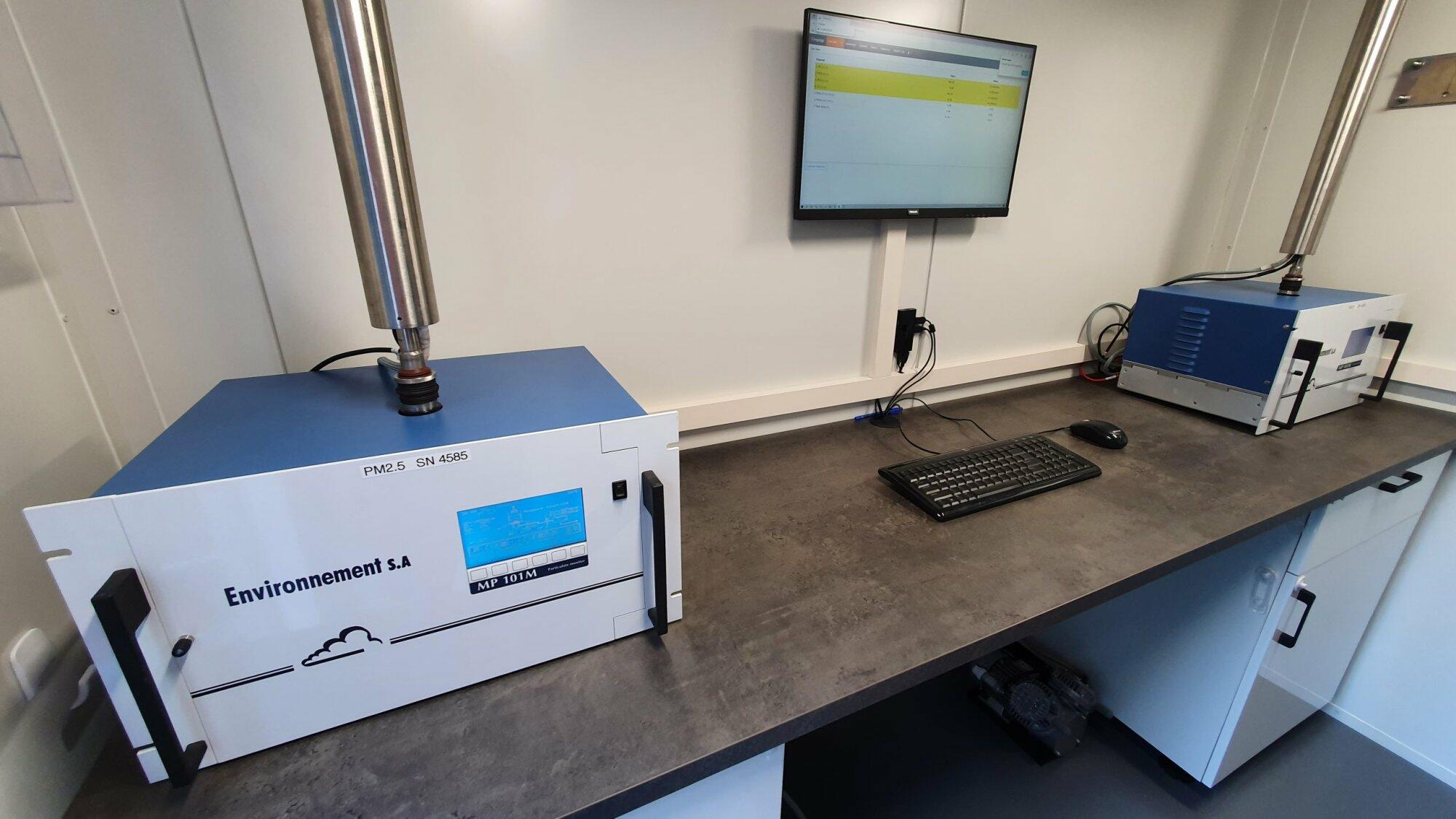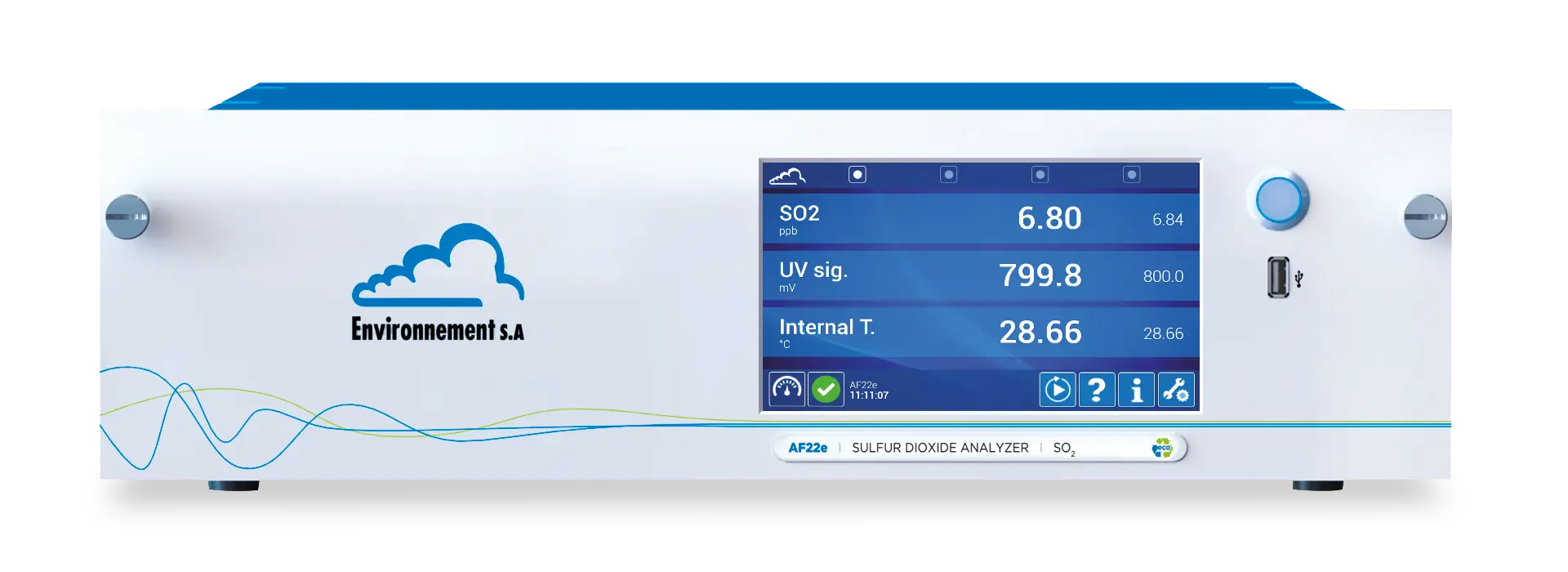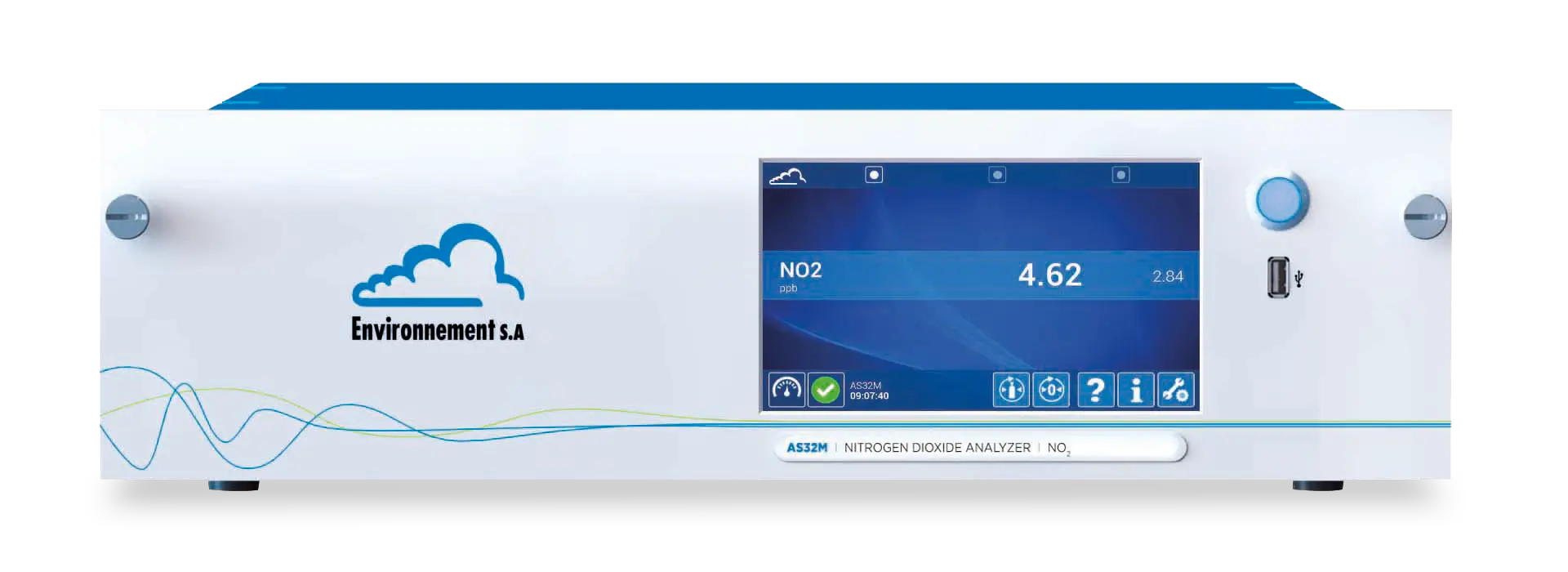Heading
Expertise in Ambient Air Quality Monitoring
Air pollution remains a visible and persistent issue of global concern that affects our health and the environment.
Ambient air quality is of increasing interest to regulators, particularly in densely populated
areas where emissions from vehicles, process industries, mining operations, and landfills can
lead to adverse health risks and unsightly smog and haze, as well as global warming.
Licence conditions for public and private industrial, construction, and roads & tunnels projects often
reflect the government’s need to understand, control, and report the overall air quality
condition at the ground level.
Norditech has many years of experience monitoring various pollutants and meteorological
parameters in the areas surrounding point source emissions. We design and operate ambient air
quality monitoring networks for public and private industry clients.

Our Approach
At the start of every project, our primary objective is to understand our client’s needs. We
then recommend feasible, smart solutions that balance your compliance goals and project budget.
Depending on your project scope, those solutions may range from site assessment, project
management, and design and installation, through to maintenance, data acquisition, validation,
and reporting.
We follow the applicable Australian and USEPA Standards for siting and sampling methods of
ambient air and meteorological monitoring parameters, taking into consideration factors such as
terrain, emission sources, availability of services, and site security. We are NATA accredited for monitoring and reporting on ambient air quality. Our scope of accreditation can be found here.
To help our clients achieve long-term compliance, we install robust equipment that operates
reliably in harsh environmental conditions.
Our custom-designed systems are fully integrated and tested in our factory and then installed on
site by a qualified engineer. This ensures the proper workmanship and system integration to
perfectly match your project requirements.
What ambient parameters we monitor and how
Ambient air quality monitoring typically includes point source systems and/or open-path air quality sensors. Norditech offers the latest in these technologies through our exclusive distributorship with world-leading suppliers. We provide real-time, continuous monitoring solutions for gaseous pollutants, meteorological parameters, plume and aerosol tracking, airborne particulates/dust, and fugitive gases in ambient air.
Gaseous (point source)
| Parameters | Technique | Australian standard |
| NOX (NO + NO2) | Chemiluminescence | AS 3580.5.1 – Determination of oxides of nitrogen |
| NO2 | CAPS | N/A |
| SO2 | UV Fluorescence | AS 3580.4.1 – Determination of sulfur dioxide |
| O3 | UV Absorption | AS 3580.6.1 – Determination of ozone |
| CO | IR | AS 3580.7.1 – Determination of carbon monoxide |
| VOC – Methane; Non-methane hydrocarbons; Total hydrocarbons | FID | AS/NZS 3580.11.1 – Determination of methane and non-methane organic compounds in ambient air |
Dust/Particulate
| Parameters | Technique | Australian standard |
| PM1 | Light scattering | N/A |
| PM2.5 | BAM, TEOM, Light scattering, HVAS | AS/NZS 3580.10.1 – Determination of particulate matter – Deposited matter – Gravimetric method AS/NZS 3580.9.3 – Determination of suspended particulate matter – Total suspended particulate matter (TSP) – High volume sampler gravimetric method AS/NZS 3580.9.6 – Determination of suspended particulate matter – PM10 high volume sampler with size selective inlet – Gravimetric method AS/NZS 3580.9.12 – Determination of suspended particulate matter – PM2.5 beta attenuation monitors AS/NZS 3580.9.11 – Determination of suspended particulate matter – PM10 beta attenuation monitors AS/NZS 3580.9.13 – Determination of suspended particulate matter – PM2.5 continuous direct mass method using a tapered element oscillating microbalance monitor AS 3580.9.8 – Determination of suspended particulate matter – PM10 continuous direct mass method using a tapered element oscillating microbalance analyser |
| PM 10 | BAM, TEOM, Light scattering, HVAS | |
| TSP | BAM, TEOM, Light scattering, HVAS |
Heading
Meteorological
| Parameters | Technique | Australian standard |
| Rainfall | Rainfall gauge – Tipping bucket | AS/NZS 3580.14 – Meteorological monitoring for ambient air quality monitoring applications |
| Temperature | Temperature probe | |
| Relative humidity (RH) | Hygrometer | |
| Solar radiation | Pyranometer | |
| Wind direction; Wind speed – Horizontal | Ultrasonic wind sensor |
Other methods for monitoring ambient air quality include Optical Remote Sensing (ORS) technology: open path – Lidar and tunable diode laser absorption spectroscopy (TDLAS)
Notes:
CAPS – Cavity attenuated phase shift
IR – Infrared
FID – Flame ionisation detector
UV – Ultraviolet
BAM – Beta attenuation Monitor
TEOM – Tappered Element Osicillating Microbalance
HVAS – High volume air sampler
Heading
Operation and maintenance services
Our operation and maintenance services encompass all aspects of keeping your system working and compliant, including daily data checks, preventive maintenance, corrective maintenance, and issuing NATA-endorsed reports at required intervals. Our field engineers are highly trained and experienced in maintaining environmental monitoring systems to the highest standards.
We understand the importance of regulatory compliance and are committed to ensuring that your ambient air quality monitoring system meets all applicable standards and regulatory requirements, such as NATA, Australian Standards, and USEPA. With our expertise and knowledge of the latest standards and regulations, we can ensure that your system operates within the required parameters, providing accurate and reliable data for your project.
Contact us today to learn more about our maintenance services and how we can help you maintain the integrity of your ambient air quality monitoring system.








